Sprinkler Winterization Timing Tips
Proper timing for sprinkler winterizations is essential to prevent damage caused by freezing temperatures. Typically, winterization should occur before the first hard freeze, which varies by region but often happens when overnight temperatures consistently fall below freezing. Early fall is generally recommended, especially in areas with colder climates, to ensure pipes and components are protected during the winter months.
Perform winterizations before temperatures drop consistently below freezing to prevent pipe damage.
In colder regions, winterizations may be necessary as early as late September or early October.
In milder climates, winterization can be scheduled closer to late October or early November.
Monitoring local weather forecasts helps determine the optimal time for winterization.

Tools used to drain and protect sprinkler systems.
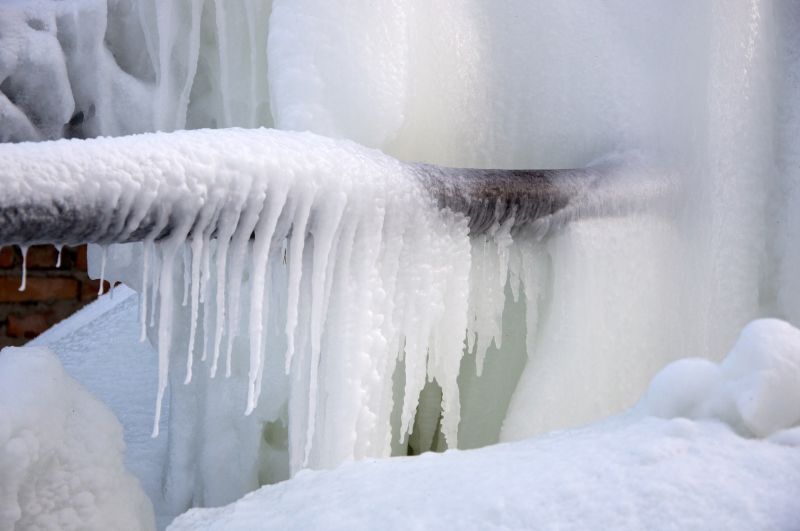
Illustration of pipe bursting due to freezing.

Technicians performing winterization procedures.

Ways to make Sprinkler Winterizations work in tight or awkward layouts.

Popular materials for Sprinkler Winterizations and why they hold up over time.

Simple add-ons that improve Sprinkler Winterizations without blowing the budget.
Sprinkler winterizations involve draining or blowing out the remaining water in the system to prevent freezing and expansion of water in pipes and components. This process is critical in regions where temperatures drop below freezing regularly. Proper winterization can extend the lifespan of sprinkler systems and reduce repair costs associated with freeze damage.

Methods used to remove water from sprinkler systems.
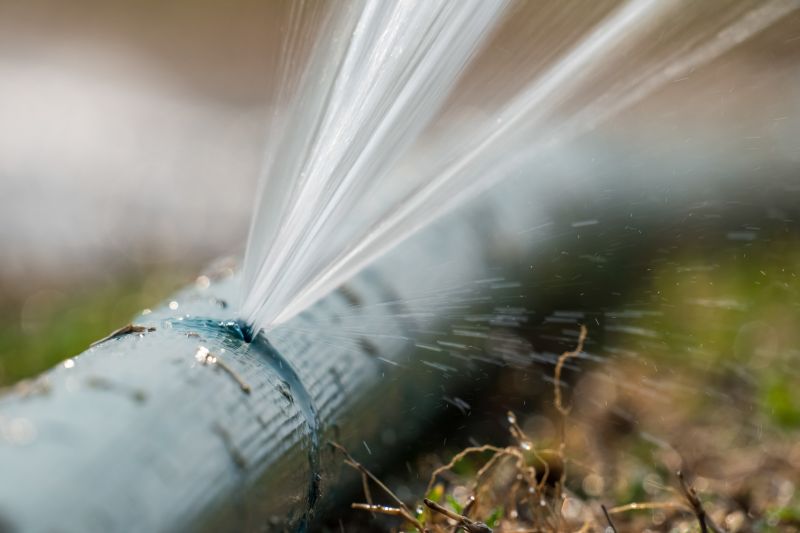
Using compressed air to clear water from pipes.
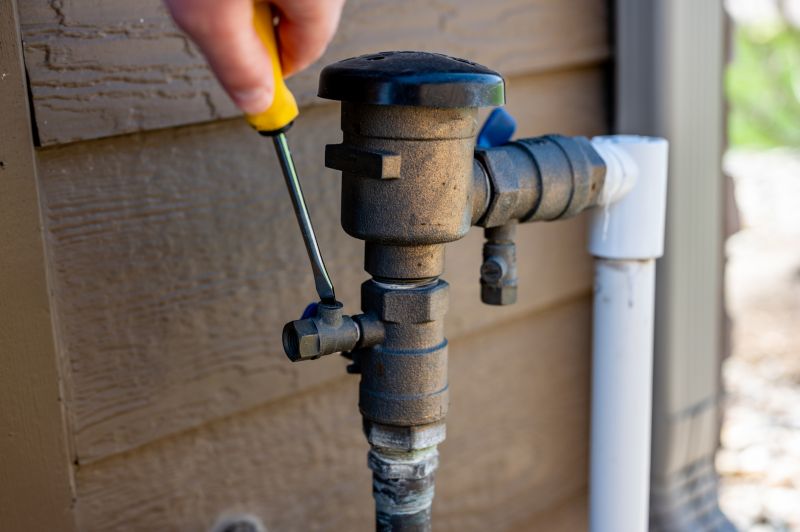
Essential tools for system protection.

Visual depiction of system failure due to freezing.
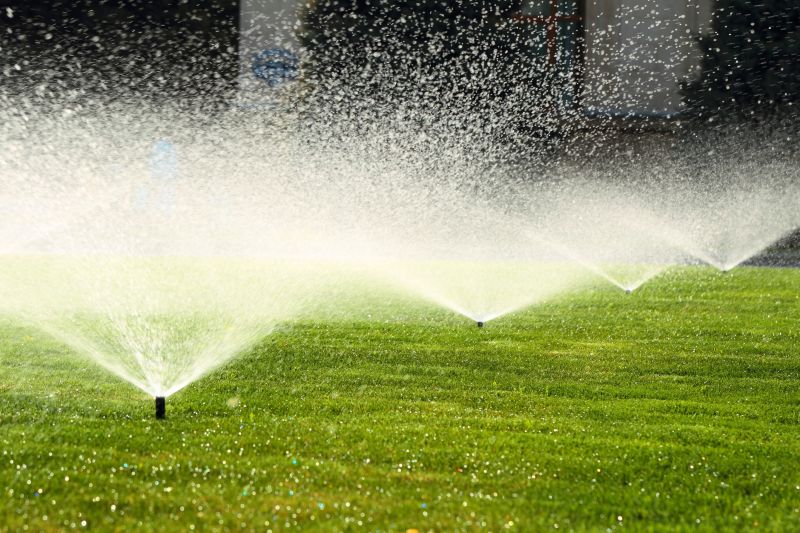
High-end options that actually feel worth it for Sprinkler Winterizations.
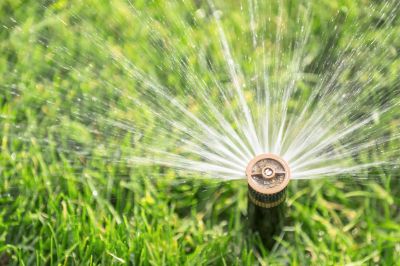
Finishes and colors that play nicely with Sprinkler Winterizations.
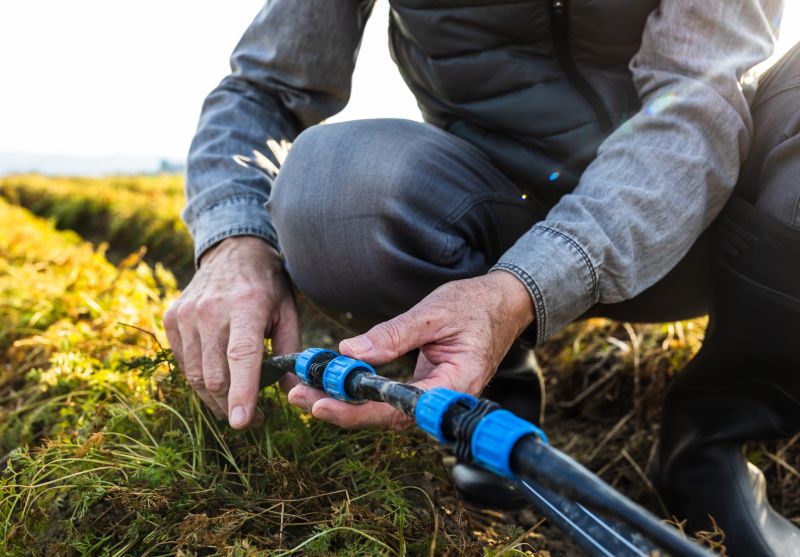
Little measurements that prevent headaches on Sprinkler Winterizations day.
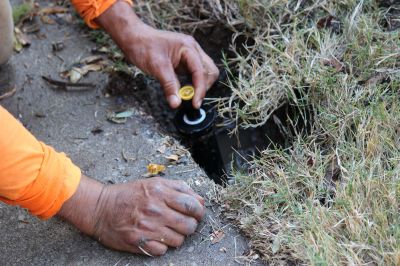
A 60-second routine that keeps Sprinkler Winterizations looking new.

A frequent mistake in Sprinkler Winterizations and how to dodge it.
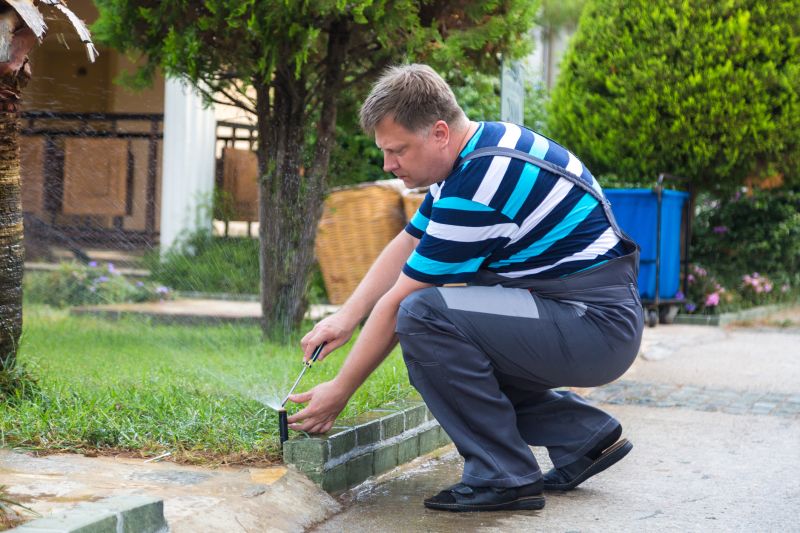
Small tweaks to make Sprinkler Winterizations safer and easier to use.
| Region | Recommended Winterization Timing |
|---|---|
| Northern States | Late September to early October |
| Midwest | Mid to late October |
| Southern States | Late October to early November |
| Coastal Areas | Late September to October |
| Mountain Regions | Early October |
Timely sprinkler winterization is a key component of system maintenance in climates with freezing temperatures. It helps prevent water from expanding inside pipes, which can cause cracks and leaks. Proper scheduling based on regional climate patterns ensures systems remain protected throughout the winter season.

Technicians performing system blowout.

Illustration of protected sprinkler system.

Preparing sprinkler systems for spring.
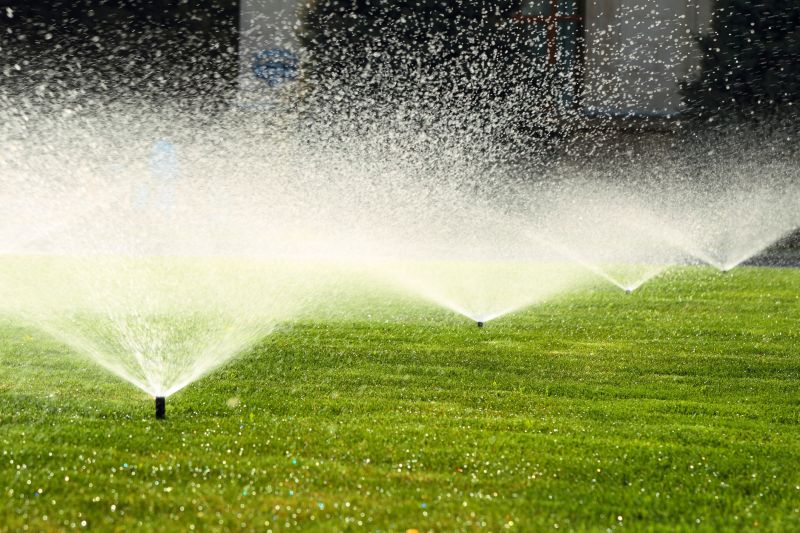
Lower-waste or water-saving choices for Sprinkler Winterizations.
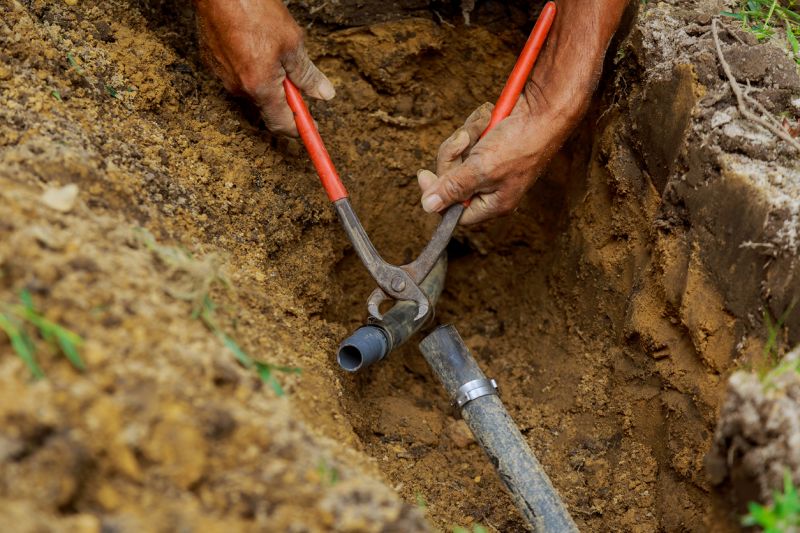
The short, realistic tool list for quality Sprinkler Winterizations.
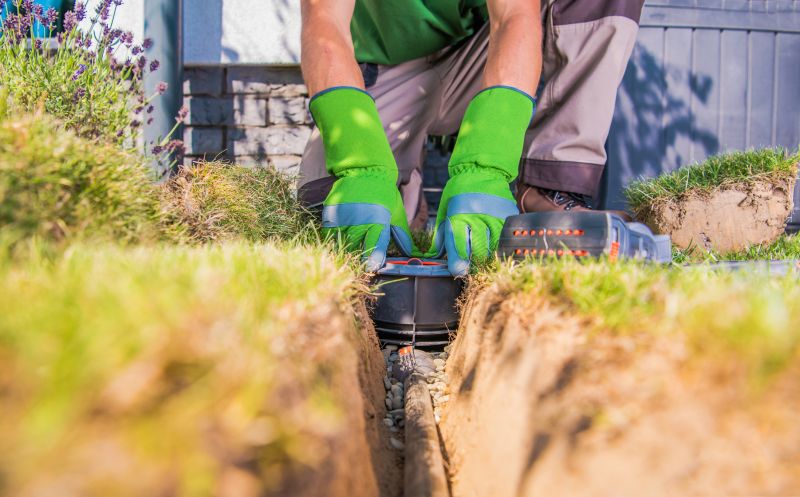
Rough timing from prep to clean-up for Sprinkler Winterizations.
For those interested in scheduling sprinkler winterizations, filling out a contact form provides an opportunity to receive professional assistance. Proper winterization can help avoid costly repairs and ensure the sprinkler system functions efficiently when needed.



